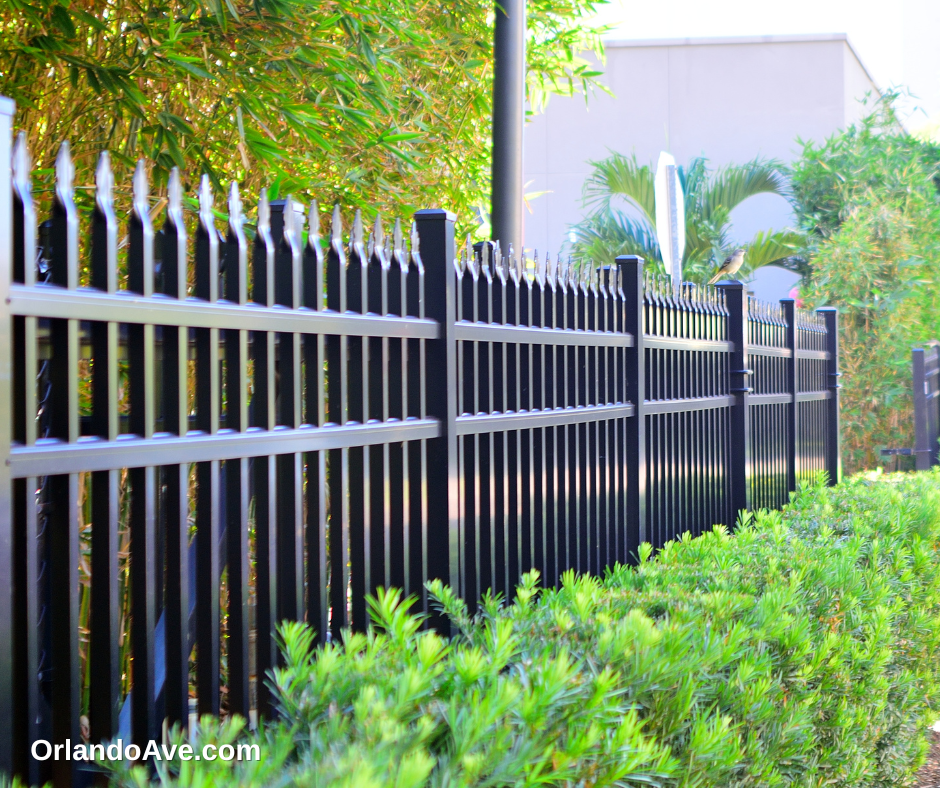The Ultimate Guide to Choosing the Right Fencing for Your Home
Creating a private and secure outdoor space is essential for many homeowners. Whether you want to protect your kids and pets or just enhance your backyard’s aesthetic, installing a fence can be the perfect solution. However, with numerous fencing materials available, selecting the right option can be daunting. This guide will help you navigate through the most popular types of fencing and help you make an informed decision that fits your home, lifestyle, and budget.
Understanding Fencing Options
Here’s a quick breakdown of the most common fencing materials:
1. Wood Fencing
Wood fencing offers a classic look that many homeowners appreciate. Your choice of wood will largely depend on your budget and desired durability:
- Pine: Economical and treated for resistance to rot and insects.
- Cedar and Douglas Fir: Naturally resistant to moisture. These options generally cost more but provide long-term benefits.
Additionally, wood composites, made from sawdust and recycled plastics, mimic the appearance of wood while being available in various styles and colors. They tend to come with warranties, making them a worthwhile long-term investment.
2. Vinyl Fencing
If you prefer a maintenance-free option, vinyl fencing is an excellent choice. Although the initial cost can be high, its durability and low upkeep requirements offer significant savings over time. With various styles and colors available, it’s a versatile option for any homeowner.
3. Metal Fencing
Metal options like wrought iron, aluminum, and chain link are all durable choices.
- Chain Link: Easiest for DIY installation, making it appealing for budget-conscious homeowners.
- Wrought Iron and Aluminum: Typically require professional installation and are known for their longevity. Maintenance mainly revolves around rust prevention and occasional painting.
For those who prioritize security and durability over cost, consider investing in steel fencing.
Important Considerations
Hiring a fencing contractor can make a world of difference. Their expertise can help you choose materials and styles that perform well in your area, ensuring you save time and money during installation.
Alternative: Living Fences
For a more natural solution, consider a living fence composed of plants such as privet or other evergreens. While this option requires patience as plants mature, it creates an eco-friendly boundary.
Regulations and Permits
Before proceeding with any fencing project, it’s crucial to check with your local municipality or homeowner’s association for necessary permits and regulations.
Final Thoughts
Choosing the right fencing for your home is a significant decision that requires careful consideration of various factors, including aesthetics, functionality, and Maintenance. With the right information, select the fencing solution that best meets your needs, whether it be wood, vinyl, metal, or even a living fence.
Explore more topics on fencing options to discover what fits best for your outdoor space.
For comprehensive insights on other home improvement topics, check resources such as HomeAdvisor and This Old House to guide your journey toward a more secure and beautiful home.


